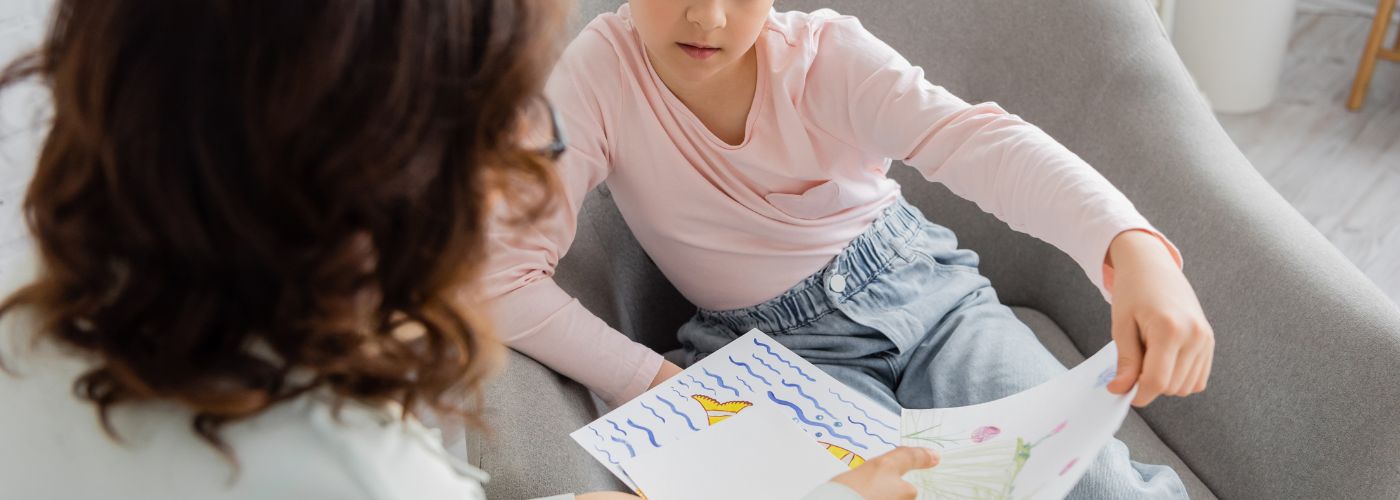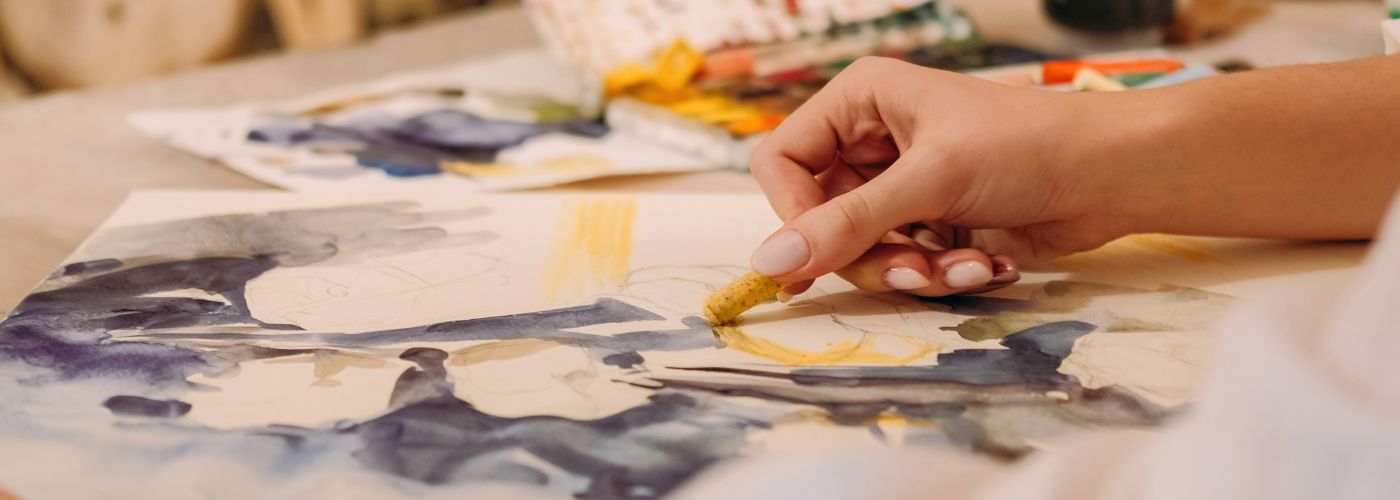What if the key to unlocking your emotional healing lies not in talk therapy, but in painting, drawing, or sculpting? Art therapy for emotional healing is gaining recognition as a vital approach for those seeking solace from trauma and stress, harnessing creativity as a means of processing complex emotions.
In this article, we will navigate the principles of art therapy, discuss its psychological benefits, and provide practical tips for integrating it into your daily routine.
What Does Art Therapy Do?
Art therapy for emotional healing goes beyond just creating pretty pictures. It offers a safe space for individuals to express feelings that might be too difficult to put into words.
Through various artistic mediums, clients can explore their emotions like anxiety or depression and find new ways to cope with stress, anxiety, or trauma. The process of making art becomes a form of self-discovery, allowing people to tap into their subconscious and uncover hidden thoughts.
This therapeutic approach helps bridge the gap between the mind and body. When someone engages in art-making, they often experience a release of pent-up emotions, leading to a sense of relief and clarity.
Moreover, it fosters mindfulness; focusing on colors, shapes, and textures can ground individuals in the present moment. As they create, they may gain insights about their feelings and life situations, empowering them to navigate challenges more effectively.
Forms of Art Used in Therapy Sessions
Art therapy for emotional healing encompasses a diverse range of creative expressions. One powerful form is visual art, where clients paint or draw to convey feelings that words may fail to express.

This process allows individuals to explore their emotions in a safe space, often leading to profound insights about their inner struggles. The act of creating can be therapeutic in itself, helping to release pent-up emotions and promote self-discovery.
Another impactful medium is music therapy, which taps into the universal language of sound. Clients may engage in songwriting or play instruments, facilitating emotional release and connection. Music can evoke memories and feelings, providing a unique avenue for reflection and healing.
Similarly, dance and movement therapy encourage physical expression, helping individuals connect their bodies to their emotions. Together, these forms of art create a holistic approach to therapy, fostering resilience and personal growth through creativity.
Overcoming Stigma Through Art Therapy
Art therapy for emotional healing offers a powerful platform to dismantle stigma surrounding mental health. When individuals express their feelings through creative outlets, they often find a safe space to explore emotions that might be difficult to articulate.
The act of creating art becomes a visual representation of their internal struggles, allowing them to confront and process these challenges without fear of judgment. This transformative experience can help others understand that mental health issues are not personal failings but shared human experiences.
Moreover, by showcasing their artwork in community spaces or online platforms, participants can spark conversations about mental health. These discussions can challenge societal norms and misconceptions, fostering an environment where vulnerability is celebrated rather than shamed.
Tips for Practicing Art Therapy at Home
Art therapy for emotional healing can be a powerful tool right in your home. Start by creating a dedicated space where you feel comfortable and inspired. This could be a corner of your room, a cozy nook by a window, or even outdoors.

Surround yourself with materials that excite you — paints, colored pencils, or even simple paper and markers. The goal isn’t to create a masterpiece but to express your feelings freely.
Consider setting aside regular time for this practice. Just like meditation, consistency can deepen the benefits. You might try prompts to guide your sessions, such as drawing your emotions or visualizing a safe place.
Allow yourself to play; embrace mistakes as part of the journey. Remember, this is about exploring your inner landscape and giving voice to feelings that may be hard to articulate.
Incorporating Mindfulness into Artistic Practices
Incorporating mindfulness into art therapy can transform the creative process into a profound healing journey. When individuals focus on the present moment while creating, they unlock deeper emotional layers and discover insights that may have been buried.
This combination allows the colors, shapes, and textures to reflect their inner experiences, making art a powerful tool for emotional healing.
Mindfulness encourages artists to let go of judgment and perfectionism, fostering a safe space for self-expression. By paying attention to each brushstroke or clay movement, participants become more attuned to their feelings, leading to catharsis and clarity.
As they immerse themselves in the creative process, stress and anxiety can melt away, allowing for genuine exploration of emotions. This practice not only enhances the effectiveness of art therapy but also promotes resilience and self-awareness, paving the way for lasting emotional healing.
Importance of a Safe Space in Art Therapy
A safe space is essential in art therapy for emotional healing. It allows individuals to express their feelings without fear of judgment. When clients feel secure, they can explore deep emotions and past traumas, which often surface through creative expression.
This freedom to create fosters vulnerability, enabling breakthroughs that might not happen in a more conventional therapeutic setting.
In this nurturing environment, participants can use various mediums — paint, clay, or even digital tools — to communicate what words cannot. Art becomes a bridge between the inner self and outer expression, helping to untangle complex emotions.

Related Stories
Impact of Social Media on Adolescent Anxiety
Many teenagers feel more anxious than ever, and social media might be playing a big
Dec
Mindful Practices To Cope With Divorce
Divorce can feel like a storm that turns your life upside down, leaving you lost
Nov
Tips To Identify & Break Cycles of Trauma In Families
The legacy of trauma can haunt families for generations, but it doesn’t have to define
Oct